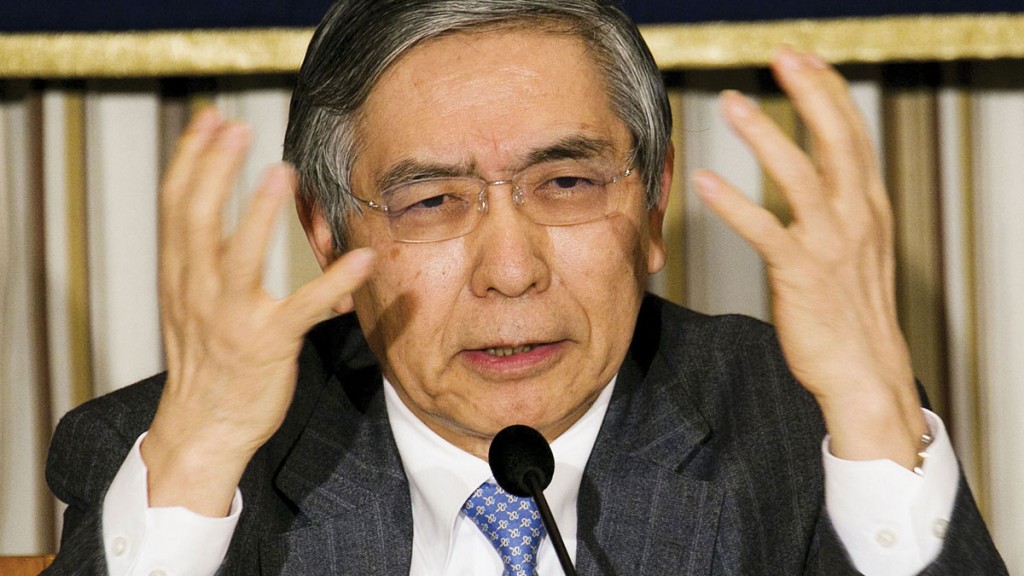
In January, the Bank of Japan (BoJ) pushed interest rates into negative territory in a bid to combat deflation by lowering the yen. Instead, the yen jumped. Last week the BoJ met and decided to do nothing. But the yen jumped again – rising by more than 3% in four hours, one of its sharpest moves in a decade. It’s a case of “damned if you do, damned if you don’t”, says Stephen Foley in the Financial Times.
The BoJ’s non-move came as quite a surprise, as Fidelity’s Tom Stevenson points out in The Sunday Telegraph. More stimulus seemed “a no-brainer”. Lifting Japan out of its seemingly endless slump is turning out to be a lot harder than everyone hoped when Prime Minister Shinzo Abe came to power in late 2012. GDP declined in the final quarter of 2015 and is set to flatline for the first six months of this year.
The latest quarter saw deflation of 0.3%. The yen has risen by almost a tenth against the dollar, squeezing earnings at Japan’s heavyweight exporters and thus rattling the stockmarket. It now stands at an 18-month high against the greenback.
So why did BoJ Governor Haruhiko Kuroda do nothing? It could reflect a “stand-off” between the central bank and the government, reckons Stevenson. Kuroda may be irritated that the government seems intent on introducing another hike in the consumption tax (VAT), which could temper demand further. There has been speculation that the government may be preparing a new fiscal stimulus package.
Perhaps the BoJ just wants to see what impact the negative rates policy will have, and therefore decided to ignore January’s market reaction for now, Societe Generale’s Kit Juckes told the FT. “That’s not going to diminish the sense that the BoJ is almost out of ammunition.” Kuroda probably didn’t want to reinforce that impression by making a move that could then be ignored, adds Stevenson. “He may have judged it better to keep his powder dry.”
If so, what could he be planning? As MoneyWeek has noted before, there are still several potential policies central banks could be tempted to try, with helicopter money possibly the next on the list. This involves printing money to fund government spending or to give people cash – a more direct way of injecting cash into the economy than the current quantitative easing (QE) policy, whereby the printed cash buys bonds.
The upshot is that equity investors shouldn’t write off central-bank stimuli just yet. Whatever the long-term consequences of these policies, the liquidity tailwind for Japanese – and other – stocks could endure for now.